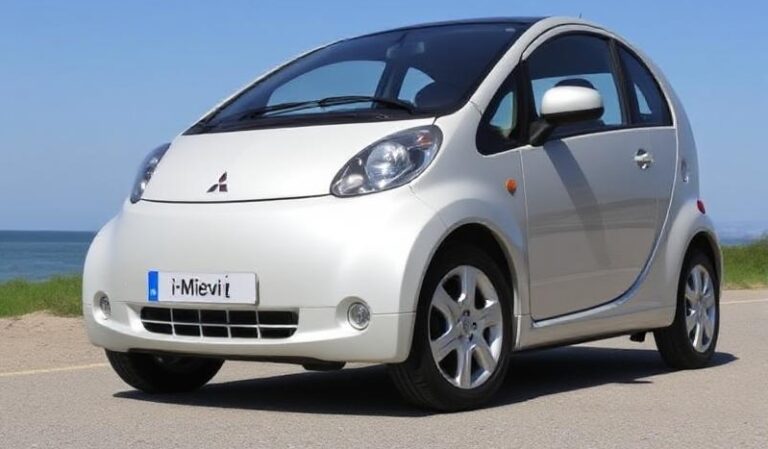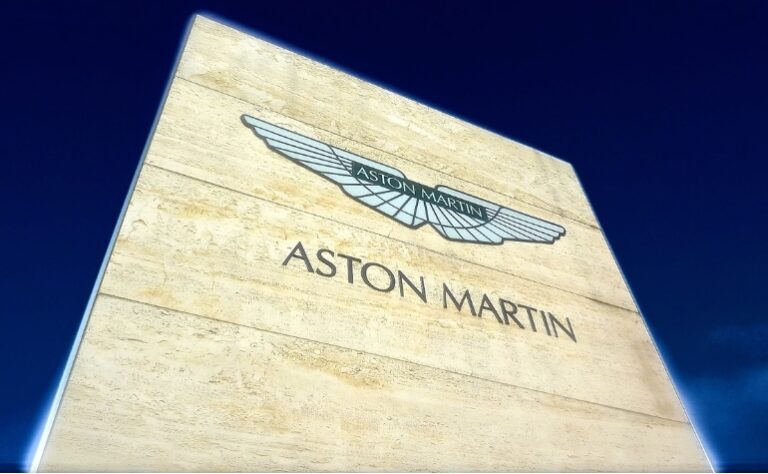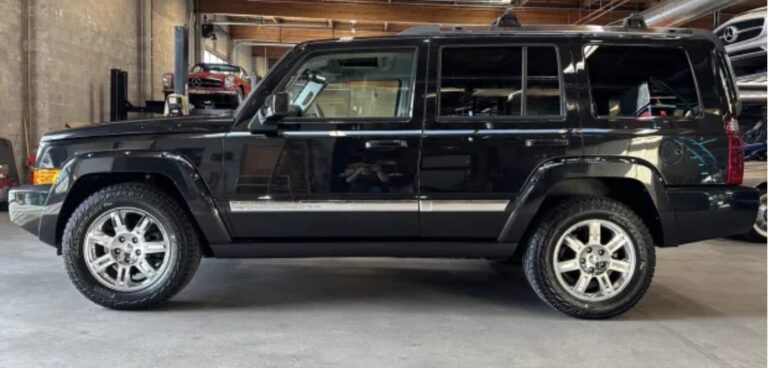The Evolution of the BMW Z4
The BMW Z4 is an iconic line of luxury sports cars known for its dynamic performance, distinctive styling, and advanced engineering. Over the decades, the Z4 has undergone significant transformations, evolving from a lightweight roadster to a sophisticated, high-performance convertible. This article chronicles the development of the BMW Z4, highlighting its production timeline, model variants, and key features across generations.
Origins and First Generation (E85; 2003–2008)
Introduction and Development
The BMW Z4’s lineage traces back to the early 2000s, when BMW sought to replace the aging Z3 with a more modern and sporty roadster. The first-generation Z4, designated as the E85, debuted at the 2003 Frankfurt Motor Show and was officially launched in 2003. It was built on a modified version of the BMW E46 3 Series platform, emphasizing lightweight construction and agile handling.
Design and Features
The E85 Z4 featured a distinctive, rounded design with a long hood, short rear deck, and a retractable soft-top roof. It was available exclusively as a soft-top convertible, with no coupe variant initially. The interior focused on driver engagement, with minimalistic yet driver-centric controls.
Models and Trim Levels
The first-generation Z4 offered several models, primarily differentiated by engine and equipment:
- Z4 2.5i: Powered by a 2.5-liter inline-six engine producing approximately 184 horsepower.
- Z4 3.0i: Equipped with a 3.0-liter inline-six engine delivering around 225 horsepower.
- Z4 M: The high-performance model, introduced in 2006, featuring a 3.2-liter inline-six engine (S54), producing 333 horsepower. It was available exclusively in coupe form initially but later as a convertible.
Facelift and Special Editions
In 2006, BMW introduced a mid-cycle facelift with subtle exterior updates, including new front and rear bumpers, headlights, and taillights. The Z4 M Coupe and Z4 M Roadster also gained minor enhancements, and the M models became more prominent with sportier suspension and braking components.
Second Generation (E89; 2009–2016)
Development and Launch
The second-generation Z4, known as the E89, marked a significant shift with the introduction of a hardtop retractable coupe-roof. Launched in 2009, this generation aimed to blend the sporty appeal of a roadster with the practicality of a coupe.
Design and Innovations
The E89 featured a more modern, aggressive design with sharper lines, a broader stance, and an improved interior with enhanced technology. The retractable hardtop folded into the trunk, providing a seamless coupe-convertible experience.
Models and Trim Levels
Throughout its production, the E89 offered several key variants:
- sDrive20i / sDrive28i / sDrive35i / sDrive35is: The “sDrive” models indicated rear-wheel drive configurations, with engine options ranging from 2.0-liter turbocharged four-cylinders to 3.0-liter turbocharged inline-six engines.
- M Sport Package: Available across trims, adding sportier suspension, larger wheels, and aesthetic enhancements.
- Z4 M (E89): Returned as a high-performance variant, powered by a 3.0-liter turbocharged inline-six (N54/N55), producing up to 335 horsepower in the Z4 M Coupe and Roadster.
Engine Options and Trim Levels
| Model | Engine | Power | Transmission | Notes |
|---|---|---|---|---|
| sDrive20i | 2.0L turbo I4 | ~154 hp | 6-speed manual / 8-speed automatic | Entry-level model |
| sDrive28i | 2.0L turbo I4 | ~241 hp | 6-speed manual / 8-speed automatic | Upgraded engine |
| sDrive35i | 3.0L turbo I6 | ~300 hp | 6-speed manual / 8-speed automatic | Sportier option |
| sDrive35is | 3.0L turbo I6 | ~335 hp | 6-speed manual / 8-speed automatic | Highest performance non-M model |
Special Editions
In the E89 generation, BMW released several special editions, including:
- Z4 sDrive35is Edition: Featuring unique exterior and interior trims, enhanced sport suspension, and increased power.
- Z4 M Coupe and M Roadster: Continued to be highly sought-after with their aggressive styling and performance, powered by the N54 twin-turbo inline-six.
Third Generation (G29; 2018–Present)
Introduction and Design Philosophy
The latest BMW Z4, known as the G29, was unveiled at the 2018 Concours d’Elegance and officially launched in 2019. This generation marked a return to a more driver-focused, purist sports car, emphasizing sharp styling, advanced technology, and dynamic handling.
Design and Features
The G29 features a low-slung, sleek exterior with pronounced kidney grilles, muscular wheel arches, and a refined profile emphasizing aerodynamics. The retractable hardtop remains, now with improved acoustic and thermal insulation.
Inside, the Z4 G29 boasts a modern cockpit with BMW’s latest iDrive system, digital instrumentation, and driver-assistance features. It emphasizes a lightweight construction with extensive use of aluminum and high-strength steel.
Models and Trim Levels
The G29 Z4 has been offered primarily in two trim levels:
- Z4 sDrive20i: Entry-level model with a 2.0-liter turbocharged four-cylinder engine, producing approximately 197 horsepower.
- Z4 M40i: The flagship, powered by a 3.0-liter turbocharged inline-six engine (B58), generating around 382 horsepower, emphasizing performance.
Engine Options and Variants
| Model | Engine | Power | Transmission | Drive | Notes |
|---|---|---|---|---|---|
| sDrive20i | 2.0L turbo I4 | ~197 hp | 8-speed automatic | RWD | Entry-level |
| M40i | 3.0L turbo I6 | ~382 hp | 8-speed automatic | RWD | High-performance model |
Special Features and Editions
- M Sport Package: Available across both trims, adding sportier exterior and interior styling, adaptive suspension, and larger wheels.
- Limited Editions: BMW has released special editions such as the Z4 M40i First Edition (2019), featuring unique paint and interior options.
- Technological Enhancements: The G29 includes features like live cockpit professional, gesture control, and driver-assistance systems.
Notable Aspects of the Z4 Evolution
Design Evolution
The BMW Z4’s design has evolved from the rounded, soft-top look of the E85 to the sharper, more aggressive lines of the G29. The transition reflects broader trends in automotive styling, emphasizing aerodynamic efficiency and modern aesthetics.
Performance and Engineering
Each generation has progressively increased performance capabilities, with the M models consistently showcasing BMW’s engineering prowess. The introduction of turbocharged engines, especially the inline-six units, has enhanced power delivery while maintaining efficiency.
Technological Advancements
From analog gauges and basic audio systems in the early models to the sophisticated digital displays, driver-assistance features, and connectivity options in the G29, the Z4 has kept pace with technological advancements.
Market Position and Competition
The Z4 has historically competed with cars like the Porsche Boxster, Mercedes-Benz SLC/SLK, and Audi TT. Its positioning as a sporty yet refined convertible has maintained its appeal among enthusiasts seeking a blend of performance and luxury.
.
RepairSurge Online Repair Manuals Replace Bulky Books With Reliable Digital Information!
Faster And Cheaper Than Traditional Printed Manuals, Users Get Instant Access To The Repair Information They Need For Any Car, Truck, Van or SUV:
.
Summary
- First Generation (E85): 2003–2008, soft-top convertible, engines from 2.5L to 3.2L M model.
- Second Generation (E89): 2009–2016, hardtop coupe/convertible, turbocharged four- and six-cylinder engines, M variants.
- Third Generation (G29): 2018–present, modern styling, turbocharged inline-six and four-cylinder engines, M40i flagship.
The BMW Z4’s evolution reflects its commitment to blending sporty driving dynamics with luxury and technological sophistication. Each generation has built upon its predecessors’ strengths, ensuring the Z4 remains a prominent player in the world of premium sports cars.







